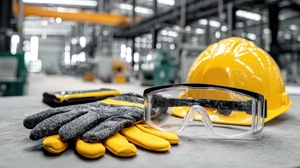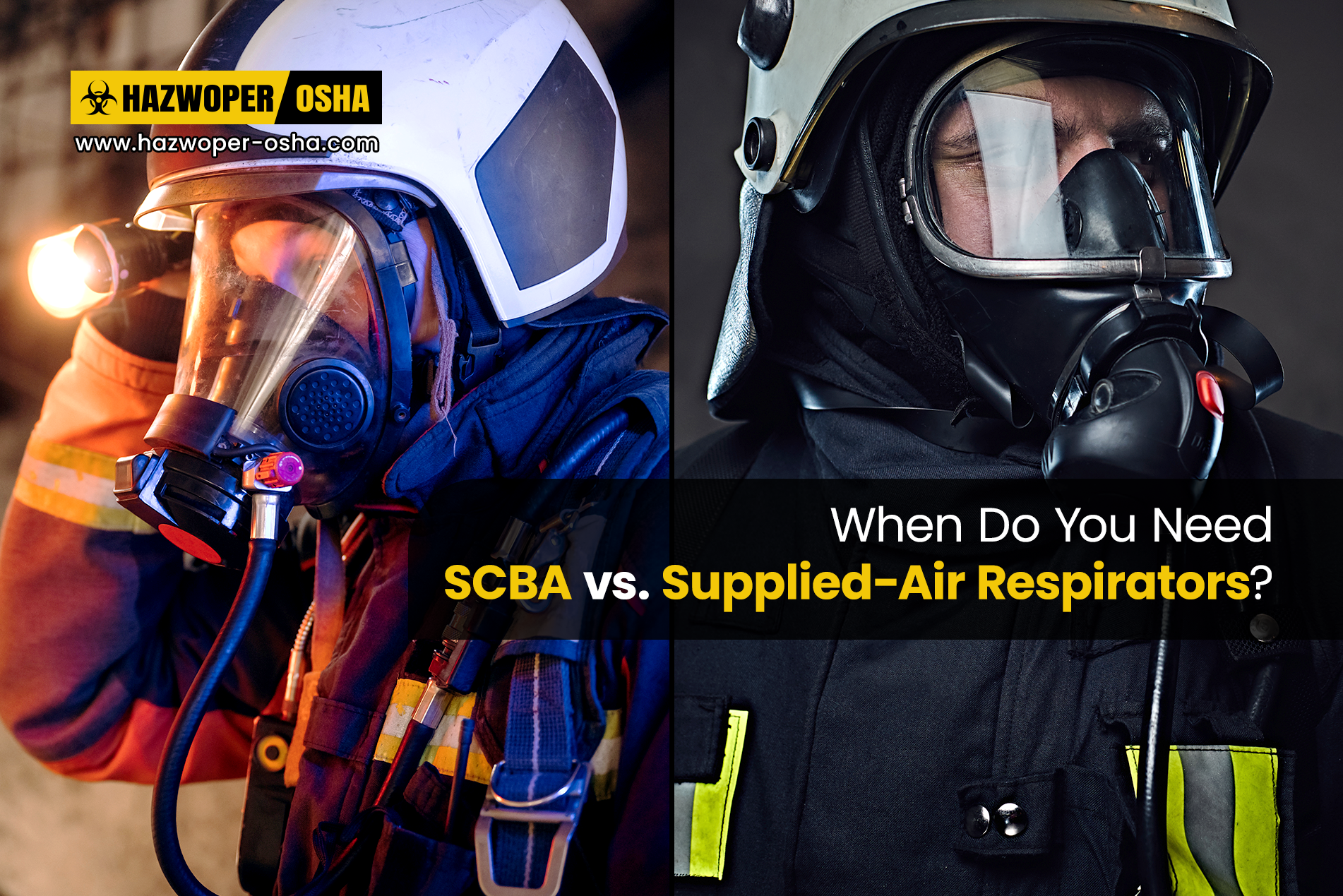Core Elements of an Effective Safety Program

Over the span of almost 40 years, involved in varying degrees of safety-related activities and working or consulting for numerous companies, I’ve developed what I believe are the basic core elements of an effective safety program: leadership, strategy, engagement, management buy-in, and culture. I’ve found many companies fail at safety, either because they don’t have proper leadership, or an effective strategy or formula to make it succeed, lack of employee and management engagement, and consequently, never able to develop a safety culture. Let’s delve a little deeper into these elements.
Leadership
A trait that is not necessarily taught but learned through observation.
Some people seem to be natural-born leaders. My observation over the years of effective and ineffective safety leaders is as such. An effective leader, in terms of personal traits, is firm and expects a level of production from employees. An effective leader is not afraid to get their hands dirty in the trenches. An effective leader engages employees and lets them know he/she is looking out for their well-being, not just in words, but by actions. This also includes putting systems in place to ensure documents are accurate and trustworthy, supported by reliable document verification checks. An effective leader empowers employees and allows their input to be heard and put in place as necessary. An effective leader channels employee concerns to other company leaders and managers. An effective safety leader can also tow or navigate the line of production and safety in a compromising fashion. Lastly, an effective leader earns the respect from not only employees, but also from fellow leaders and peers, not by title, but through actions.
Conversely, an ineffective leader lacks most of these personal traits, and therefore, will not effectively lead. I’ve found during times of organized chaos; effective leaders will prevail. My years in the fire service taught me that in times of organized chaos (what we call larger-scale emergency scenes) true leaders will show themselves, while ineffective leaders suddenly become silent, take a step back and move into the shadows, and are not to be heard from. They lose the respect of the firefighters. Believe it or not, people yearn to be led. Given a great leader, you feel like you’d run through a brick wall for them or follow them through the gates of hell with a fire extinguisher. I’ve been privileged to work for some of those leaders.
Strategy
A safety strategy is critical for sustained business success.
Let’s face it; a company needs to produce it core business product or execute its overall strategy in order to remain a viable business. I’ve found many companies have a safety position filled for the purpose of having a safety position filled! As such, these individuals have no influence on company decision-making, nor any influence on actual safety in the trenches or line production. When production and safety butt heads, production seems to always win. This is where an effective safety leader comes into play, where he/she must put their political hat on and make difficult but correct decisions. A Safety Professional needs to be involved in the highest levels of decision-making positions within the company. A Safety Professional needs to have input in just about every decision of the company, and therefore, should be right near the top of any company’s chain-of-command or organizational structure. They cannot be ignored or sidelined. In some organizations, the Safety Professional is placed just below the CEO and above division heads on their organizational chart. This action shows the leadership’s commitment to safety and health within the organization.
Another important consideration when formulating the safety strategy is: Does the company utilize active safety or passive safety? Active safety is real-time and includes safety audits and training with follow-up and support from upper management to include the CEO and top supervisors. Without their support, the company’s occupational safety plan and program are in peril. Everybody needs to buy in to have an effective safety program. Passive safety is like the ineffective leader; stand back and rely on past or historical trending records for the company’s safety program, rather than playing a hands-on role and staying ahead of the curve, and not behind it.
What happens when a business lacks any safety strategy? Consequently, safety fails; and ultimately people are injured, sometimes seriously or even fatally. Unfortunately, some companies, having experienced safety-related mishaps, may still not learn their lesson. This is typically seen in larger companies that often absorb such costs as production loss, higher insurance costs, workmen’s compensation claims, legal fees, and remedial training costs among others. On the contrary, smaller companies may not be able to absorb such costs and lose their businesses altogether.
Fortunately, some companies do learn from their mistakes and start prioritizing safety and pushing the position higher up the organizational chart. I can’t tell you the number of times I’ve made recommendations over the years to management, only to be ignored, leading to a serious or fatal injury occurring directly related to not heeding my advice. On the other hand, I’ve also worked with many companies where safety was at the forefront of almost every business decision, which resulted in a pleasant environment for any safety manager. Knowing the upper management heeded my advice just made the working environment feel less anxious and gave me the authority to do the right thing and not worry about workplace safety taking a backseat. I didn’t feel like I was stuck between a rock and a hard place. I’m sure every Safety Professional understands what I’m saying!
REMEMBER: Nobody Wins When Someone Gets Hurt!
Engagement
Generally, words of motivation do not engage people to be safe.
Simply telling someone to be safe does not engage or motivate an employee. Safety incentives only encourage cheating amongst employees to be safe, it does not engage them. I previously mentioned active safety. Engaging employees directly by training and performing safety audits is a good example. Engaging with employees is the time where management and line personnel get to know each other and expectations are disclosed. This is the time to be firm and layout consequences for unsafe workplace practices. This is also the time to build a rapport with company members. This is where workers share and gain valued input and develop some ownership into organizational safety processes and practices. This relationship-building exercise makes employees feel respected and part of the team. They feel empowered and don’t feel like they are just only workers. They have skin in the game and the Safety Professional acts as their liaison with the upper management. When a company considers the well-being of their personnel and listens to their members, employees know it too! And trust me, they will respond in kind.
As for training employees, what better way is there to lay out your company’s Safety & Health Program as it pertains to OSHA safety regulations! The Safety Director puts forth the company safety blueprint to all its employees and engages with them as an open forum. Again, this is where accountability, ownership, and skin in the game comes in. However, finding the time to train employees and taking them out of the production line becomes a real problem. Over the years, I’ve found this to be problematic. Consequently, companies have been transitioning to outsourcing some of their safety training to online safety training providers. Online training provides the necessary tools for a company to train its workers to operate safely at the worker’s own pace without interrupting business production. Online safety training delivers programs that encompass safety standards such as OSHA, HAZWOPER, EPA, DOT, etc., directly to the employee via mobile phones and laptops making training convenient for workers, while also providing wallet ID cards and immediately downloadable course completion certificates for accountability. Management should consider a convenient and reliable online safety training partner to supplement their Safety & Health Program.
Management Buy-In
Without full cooperation from management, the safety program will not thrive!
I was once involved as a safety consultant for a company where the management expected me to dictate safety for their company without their involvement. Past experiences made them (the management) afraid of the employees' union and lawsuits. Everyone had ceded to employees, or union stewards making the majority of safety-related decisions. Thus, the management wanted me to step in and basically manage all safety responsibilities because they were afraid to manage it themselves. How do you think that worked out? Was enough emphasis given to safety and health measures? Now consider a scenario that I actually faced - working for a company that won’t allow you to say anything to third-party vendors, that they hired, when you see concerning scenarios related to safety and health. My experiences reiterate that it is paramount for the top brass or upper management to be completely immersed in providing a safe and healthful work environment for their employees [OSHA General Duty Clause 5(a)(1)].
Culture
Creating a safety culture takes time, patience, and a culmination of the core elements.
An experienced safety consultant can generally tell right away when approaching a construction site or lobby of a general industry structure, whether they have an established safety culture or not. When I was performing safety audits for companies, I could practically smell it! Where does culture start? Right from the top to then permeate downwards through the rest of the organization. If upper management doesn’t buy-in to the importance of a safety culture, forget it, it’s like banging your head against the wall!
The first apparent aspect of a safety culture not being in place is always the lack of, or improper signage, usually noticed from the exterior. I’ve come across instances where companies seemed like they were advertising their lack of safety practices! I recall seeing ladders not 36” above the roof edge and not tied-off, people on the roof with no fall protection gear, warning lines not in use, scaffolds missing mid-rails, people not tied-off in aerial lifts, scissor lifts with no chain in place, and the list just goes on... These scenarios were like an advertisement to OSHA to come fine us! Mind you, I was still on the street and hadn’t even set foot on the property.
The aforementioned screams: There is NO Safety Culture Here! They might as well have had a banner hanging on the side of the structure stating the same. By the way, I used to tell my company supervisors to load-up on safety signs and caution tape; it goes a long way in protecting your company and workers, and is inexpensive.
Remember, a safe work culture doesn’t happen overnight. It’s like a fine wine, it takes time to age and ferment, and if you do it right, you really have something special. Culture is really the culmination of the core elements of leadership, strategy, engagement, and management buy-in. Again, it can take years and patience to develop a proper safety culture once all the ingredients are added properly. The finished product is well worth the wait.
Stay safe everybody!
Stay tuned for my next blog: What is Safety?
Michael J. Conroy, Retired Battalion Chief, Chicago Fire Dept. with 32 years of experience, is also a Certified Safety Professional (CSP) and Construction Health & Safety Technician (CHST). Mike is also an OSHA-Authorized Trainer and a certified Fire Dept. Safety Officer. Mike has vast experience and holds advanced certifications in confined space, fall protection, rigging, excavation rescue, and all the hazardous material disciplines, among many other certifications in the safety field. Mike will continue to write and speak on safety topics and share his years of safety experience through this media.

 EN |
EN |  ES
ES



























































































































